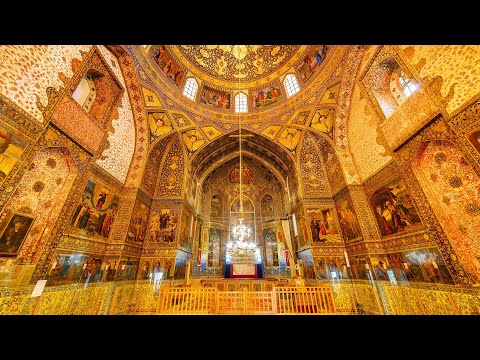Monk chanting is a part of their spiritual practice and devotion. The act of chanting has several purposes and significance in a monastic setting.
Liturgy and Worship: Chanting is a form of worship and a way to praise and connect with the divine. It is an integral part of the liturgy in many religious traditions.
Meditation and Contemplation: Chanting can be a form of meditation that helps to quiet the mind and focus on spiritual matters. The repetitive nature of chanting can help to induce a meditative state.
Community and Unity: In a monastery, chanting is often done as a community. This helps to foster a sense of unity and shared purpose among the monks.
Preservation and Transmission of Tradition: Many chants are traditional and have been passed down through generations. By chanting, monks help to preserve and transmit these traditions.
Enhancement of Text: Chanting can help to enhance the meaning and emotional impact of religious texts. The melodies and rhythms of the chants are often designed to complement the text and help to convey its message.
Overall, chanting is an important part of monastic life and serves multiple purposes, including worship, meditation, community building, and preservation of tradition.
Gregorian chant, also known as plainchant or plainsong, is a form of medieval Christian liturgical music that developed mainly in western and central Europe. It is named after Pope Gregory I, who is traditionally credited with organizing and codifying the chant during the 6th century, although the historical accuracy of this claim is disputed.
Gregorian chant is characterized by its monophonic (single melodic line) texture and free rhythm, meaning that it is not bound by a regular meter. The melodies are typically based on a system of modes, which are different from the major and minor scales used in Western music. The text of Gregorian chants is almost always taken from the Latin Bible or other liturgical texts, and the music is designed to enhance the meaning and emotional impact of the text.
Monks in monasteries would sing Gregorian chant as part of their daily liturgical services, known as the Divine Office. These chants were an essential part of the spiritual life of the monastery, and they were also used in the celebration of the Mass.
In addition to its religious significance, Gregorian chant has also had a significant influence on the development of Western music. Many of the basic elements of Western music, such as scales, notation, and harmony, have their roots in the chant tradition. Today, Gregorian chant continues to be performed both in religious settings and as a form of artistic expression.
